
What are the Pros and Cons of Ethanol Biofuel?
STEM Explained
Biofuels like ethanol might help fight climate change. But they can contribute to food insecurity and greenhouse gases in ways that might surprise you.

What If You Could Charge Your Phone Using Radio Waves?
STEM Explained
Could we use radio waves to charge electrical technologies in the future?
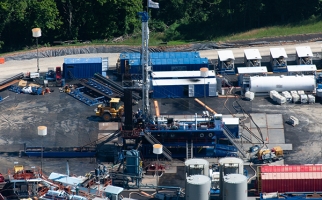
What is Fracking?
STEM Explained
The fracking process gets natural gases out of rocks. This process can have effects on freshwater, water quality and even earthquakes!

Understanding Electricity Supply and Demand
Backgrounders
Electricity demand changes constantly. Suppliers need to generate more electrical energy when demand is high, and less when demand is low.
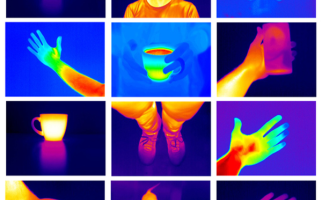
Thermopower and the Body Heat-Powered Flashlight
STEM Explained
Can your body be a source of electricity generation? Maybe, if you understand heat transfer. Explore this concept through a 2013 invention by a Canadian teen.
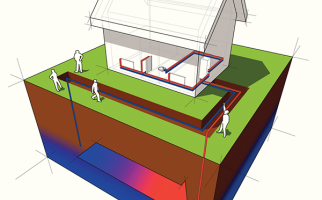
Tapping Underground Energy with Heat Pumps
STEM Explained
Using the heat of the Earth’s interior, you can heat your home with a ground source heat pump. This kind of heating is cheaper and better for the environment!
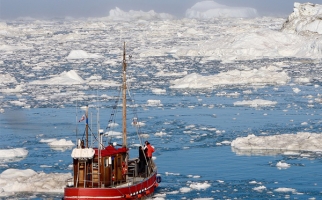
Reaching the Arctic
STEM Explained
How will arctic ice melt from climate change affect exploration, scientific research and geopolitics?
Microbial Fuel Cells
STEM Explained
In a few decades, some of the electricity you use might be generated by bacteria.
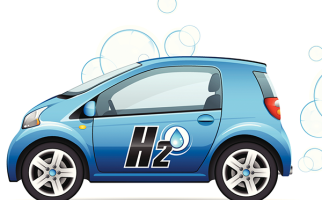
The History and Uses of Hydrogen
STEM Explained
Hydrogen’s tendency towards combustion is what makes it both a dangerous chemical element and a useful energy source.
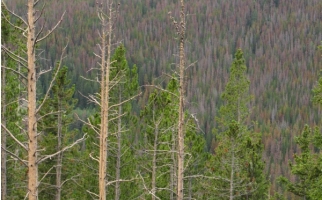
How Do Introduced Species Affect Ecosystems and the Economy?
STEM Explained
When a species ends up outside of its natural zone, the consequences on other species, ecosystems and human industries can be severe. Climate change and human activities can introduce species into new zones.
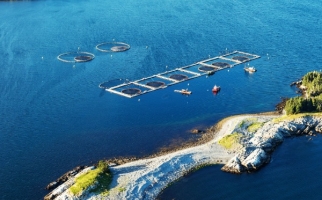
Farmed Salmon vs. Wild Salmon
STEM Explained
Aquaculture is seen as a sustainable way to produce fish. But are farmed salmon better than wild fish?
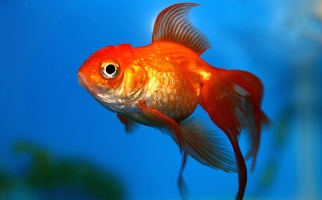
Fish: Freshwater
Picture Collections
4 images of some fish such as koi that live in freshwater river and lake environments and in freshwater aquariums and garden ponds
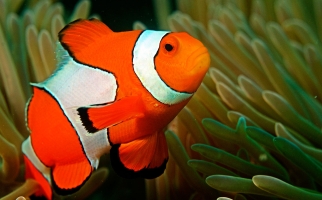
Fish: Saltwater
Picture Collections
14 images of some fish such as lion fish, grouper and sharks that live in saltwater environments like oceans, saltwater lakes and aquariums
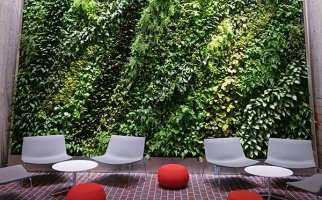
Green Walls
STEM Explained
Green walls use plant processes to improve air quality in buildings.
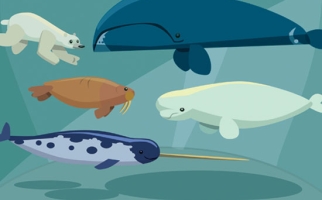
How are Arctic Animals in Canada Affected by Climate Change?
STEM Explained
Arctic animals have evolved to thrive in harsh arctic ecosystems, but the environmental footprint created by climate change is affecting their survival.